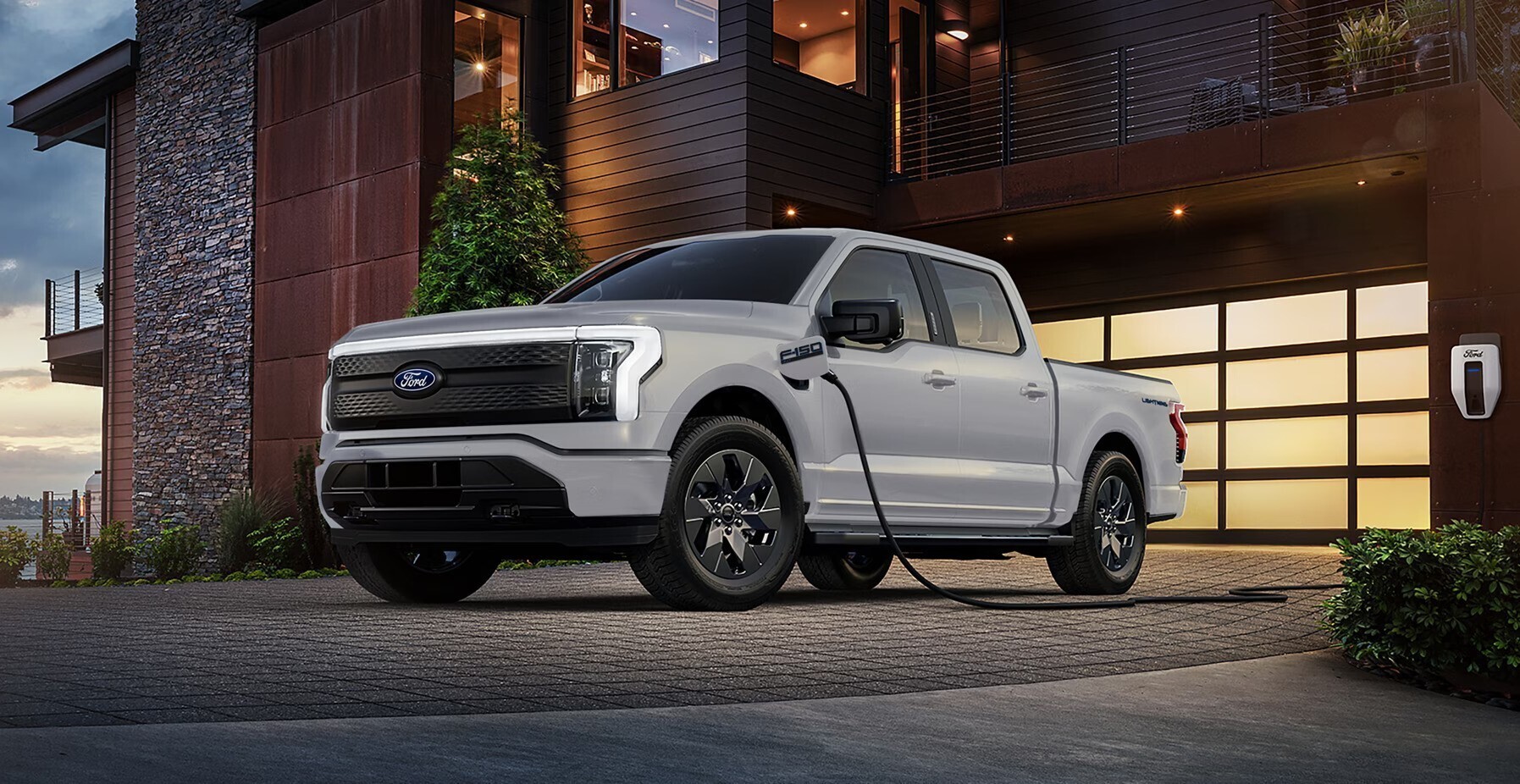

Ford Motor Company is unfazed by a USD 5 billion to USD 5.5 billion loss anticipation in its ‘Model e’ electric vehicle section in 2025 due to expense challenges, mentioned company executives, with the brand aiming to grow its EV volume.

Image Source: https://www.ford.com/electric/
In an after-hours revenues call on February 5, CFO Sherry House conveyed that the foreseen 2025 EV losses are stable year-on-year, as the EV segment registered a full-year EBIT loss of USD 5.1 billion in 2024.
“While continued industry pricing pressure remains, we plan to materially increase our global volume driven by the full-year impact of European launches, and we significantly increased investment in our battery facilities and next-generation products, which are just two years away,” House stated.
The company’s ‘Gen 1’ automobiles have yet to prove profitable, according to House. Meanwhile, Ford is forging its next-gen EVs, which can be deemed “affordable, high volume and great for our business,” as Ford’s CEO Jim Farley shared. The global auto brand is investing additionally in its battery factory to aid in cutting down manufacturing costs.
Farley shared that Ford discovered a ‘sweet spot’ in the business for small and medium trucks and utility vehicles. They can operate on “much lower-cost batteries.” Ford also pinpointed the prospect of larger EVs, expressing that buyers are more inclined to spend a premium than smaller electric vehicles. However, about larger retail electric utility vehicles, “the economics are unresolvable,” he conveyed.
“These customers have very demanding use cases for an electric vehicle,” Farley said, adding, “These vehicles have worse aerodynamics, and they’re cumbersome, which means huge and expensive batteries.”
“Retail customers have shown that they will not pay any premium for these large EVs, making them a tough business case given the expense in the batteries,” he added.
In 2024, the electric vehicle (EV) segment generated impressive cost reductions totalling USD 1.4 billion, as highlighted by House. These savings are critical, especially in light of challenging pricing pressures within the industry, which have resulted in significant year-over-year drops in both revenue and wholesale sales of 35 per cent and 9 per cent, respectively.
Looking ahead to 2025, Ford must brace itself for new cost challenges. Analysts from S&P Global Commodity Insights assert that US President Donald Trump’s propaganda to dismantle EV incentive programs will likely exacerbate the expense discrepency between electric vehicles and those with internal combustion engines.
Also, the executives affirm that the company could see substantial adverse outcomes overall from any potential tariffs sustained for enough time.
“There is no question that tariffs from Mexico and Canada would have a huge impact on our industry with billions of dollars of industry profits wiped out” if protracted, Farley said during the call. Continuing tariffs would have a “devastating impact,” he said.
If tariffs are issued for a short-term period of just a few weeks, the company could “make sure nothing crosses the border” for the course. However, since over 80 per cent of vehicles are made in the US and over 50 per cent of the company’s engines are produced in the US, prolonged tariffs would mandate “major strategy shifts.”
Ford has reported an overall fourth consecutive year of topline growth in 2024 with global earnings of USD 185 billion, a 5 per cent year-on-year boost. Wholesales grew 1 per cent Y-o-Y in 2024. Q1 2025 is expected to witness adjusted EBIT to be ‘roughly breakeven’ due to “lower wholesales and unfavourable mix, including launch activity at major US plants,” Ford said in its earnings statement.
Information source: S&P Global Commodity Insights



Responses






